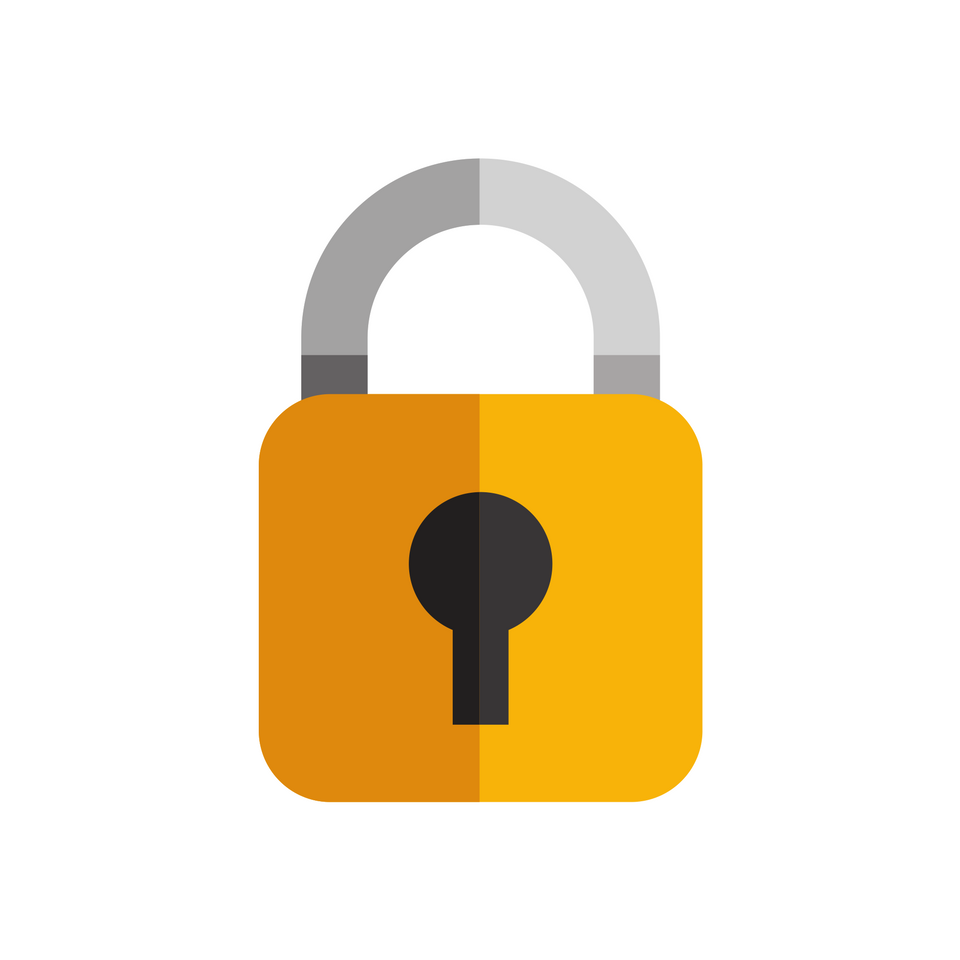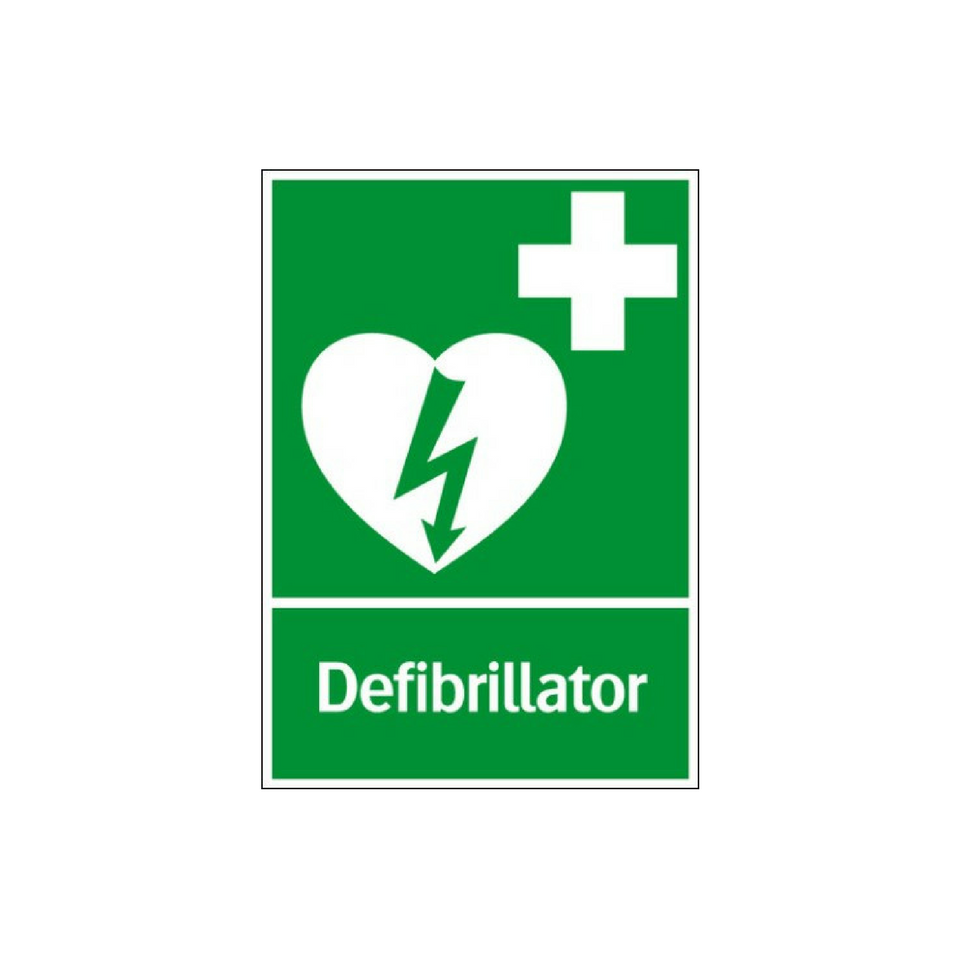Choosing a Defibrillator Cabinet
CHT currently uses external cabinets from Tex, Green Urban, and Rotaid (all ISO rated companies). We prefer low voltage cabinets (12-24V in end-user configuration) for safety. CHT continue to look at all potential offerings, but will only offer those meeting our minimum ‘ShockBox’ standards, being best suited for community use. ShockBox standard cabinets carry the quality logo.
|
Colour |
All cabinets in a public place should be easily identified and visible, even in low light and dark conditions. Therefore the cabinet should be a light HiVis colour – ie. yellow or white. |
|
Heated |
Cabinets in exposed locations should be heated, or have some other form of protection to stop the defibrillator inside from freezing. If heated, and using mains electricity, the appropriate electrical warning symbol needs to be visible on the outside of the cabinet, and the cabinet should be earthed and connected via a Residual Current Device - RCD. |
|
Locked |
Whether a cabinet is locked or not is your choice. However many ambulance services insist upon locked to ensure that the defibrillator is protected, available for use, and environmentally controlled. CHT will register your cabinet for you so that the local ambulance service are aware of the access code. Each cabinet must carry a unique identifier number which is registered with the ambulance service. Internal components should also be serial numbered as your cabinet is also medical equipment. Use marine grade stainless steel locks as this will reduce potential for lock jamming, and liabilities. |
|
Signage |
To comply with disability requirements, signage must be such that visually handicapped people, dyslexic, English as a second language, and educationally deprived people can fully understand the instructions. Therefore all instructions should be in easy to understand and clearly visual ICON format not text. The cabinet must also present the international ICLOR defibrillator symbol on the front, in green and standing out from the background colour of the cabinet. Wall signage to support the location is advisable. CHT also have Bi-lingual signage available dependant on region. |
|
Placement & Safety |
Again to comply with safety and other regulations, cabinets should be available for access by disabled people and be placed so that the cabinet is approx 1.10m from the ground, and no more than 1.30m. It should be clearly identified by correct signage.
Mounting bolts should be appropriate for the location, be strong enough to comply with Public Liability to prevent the cabinet from coming off the wall, even if climbed on and be of stainless steel, not brass. Always use an RCD device with an isolator switch. Cabinets must adhere to BS7671 for safety, and carry warning symbols. Your electrician must supply a certificate of conformity on installation. |
|
Material & IP Rating |
Cabinets can be in metal, GRP or plastic. Door seals must not be painted over. If metal, stainless steel will last longer & retain its looks longer. GRP should be used in high salt conditions, so long as they are Hi-Visibility, and be certified IP65 rated as a minimum in their end-user configurations, and carry a certificate showing compliance. Suppliers should be able to provide independent testing certification in the end user configuration. |






